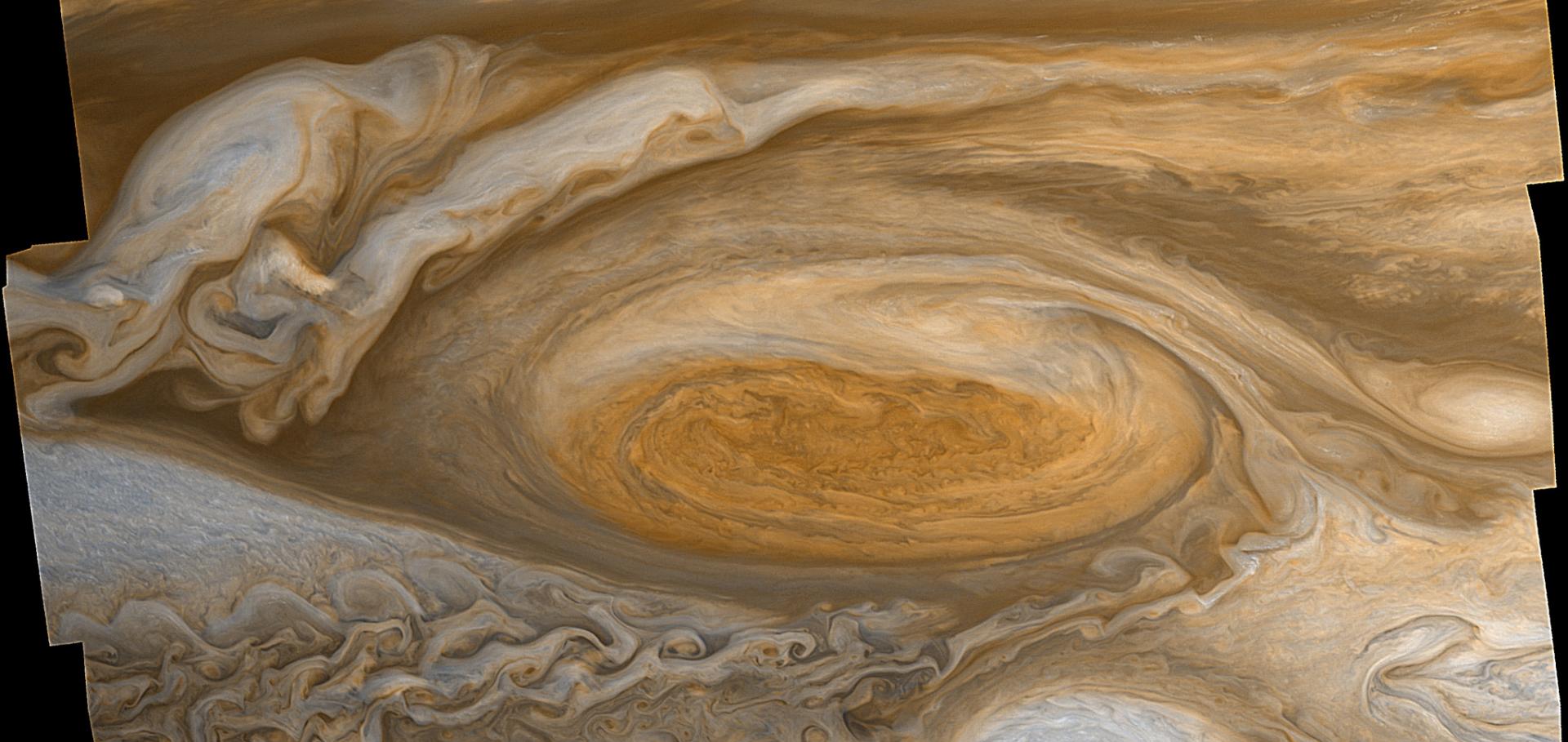Breeding and predictability in the baroclinic rotating annulus using a perfect model
Nonlin. Proc. Geophys. Copernicus Publications 15:3 (2008) 469-487
Abstract:
We present results from a computational study of predictability in fully-developed baroclinically unstable laboratory flows. This behaviour is studied in the Met Office/Oxford Rotating Annulus Laboratory Simulation a model of the classic rotating annulus laboratory experiment with differentially heated cylindrical sidewalls, which is firmly established as an insightful laboratory analogue for certain kinds of atmospheric dynamical behaviour. This work is the first study of 'predictability of the first kind' in the annulus experiment. We devise an ensemble prediction scheme using the breeding method to study the predictability of the annulus in the perfect model scenario. This scenario allows one simulation to be defined as the true state, against which all forecasts are measured. We present results from forecasts over a range of quasi-periodic and chaotic annulus flow regimes. A number of statistical and meteorological techniques are used to compare the predictability of these flows: bred vector growth rate and dimension, error variance, ''spaghetti plots", probability forecasts, Brier score, and the Kolmogorov-Smirnov test. These techniques gauge both the predictability of the flow and the performance of the ensemble relative to a forecast using a climatological distribution. It is found that in the perfect model scenario, the two quasi-periodic regimes examined may be indefinitely predictable. The two chaotic regimes (structural vacillation and period doubled amplitude vacillation) show a loss of predictability on a timescale of hundreds to thousands of seconds (65-280 annulus rotation periods, or 1-3 Lyapunov times).Direct numerical simulation of transitions towards structural vacillation in an air-filled, rotating, baroclinic annulus
PHYSICS OF FLUIDS 20:4 (2008) ARTN 044107
Dynamics of convectively driven banded jets in the laboratory (vol 64, pg 4031, 2007)
JOURNAL OF THE ATMOSPHERIC SCIENCES 65:1 (2008) 287-287
Flow transitions resembling bifurcations of the logistic map in simulations of the baroclinic rotating annulus
Physica D Elsevier 237:18 (2008) 2251-2262
Abstract:
We present evidence for a sequence of bifurcations in simulations of the differentially heated baroclinic rotating annulus, similar to bifurcations of the logistic map. The Met. Office / Oxford Rotating Annulus Laboratory Simulation (MORALS) code is used to construct a detailed numerical regime diagram for the annulus, and the distribution of regimes in parameter space is discussed. The bifurcations are observed in a sequence of runs at high temperature forcing, identified by Poincare sections of the dominant temperature mode amplitude time series. Higher order return maps and predictions using quadratic fits to the data are used to verify this result, and Lyapunov exponents are calculated to identify and quantify the chaotic parts of the sequence. (c) 2008 Elsevier B.V. All rights reserved.Inertia-Gravity Waves Emitted from Balanced Flow: Observations, Properties, and Consequences
JOURNAL OF THE ATMOSPHERIC SCIENCES 65:11 (2008) 3543-3556


